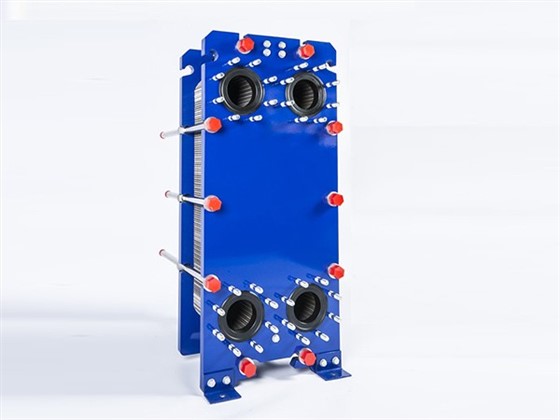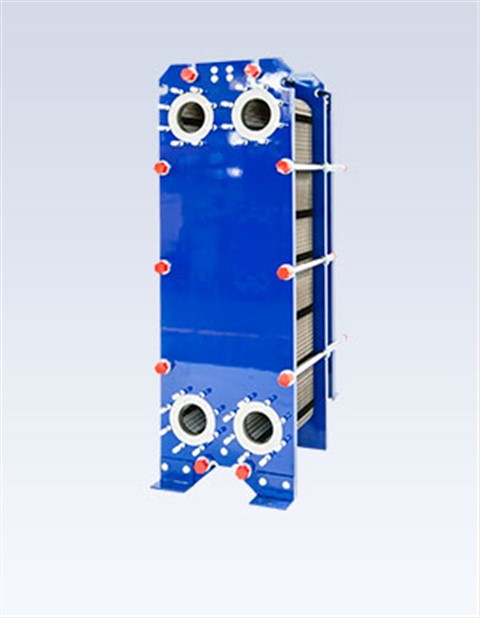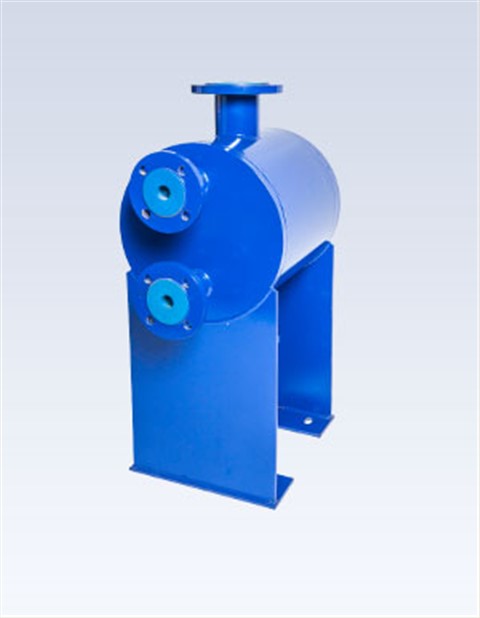First, follow the heat transfer process.
Plate heat exchangers are non-direct contact heat exchangers, which transfer heat through plate walls, convection, or phase change. In addition to convection or heat transfer with phase change, the cold and hot medium fluids also include heat conduction through the scale layer and the wall.
Second, according to product structure.
Plate heat exchangers can be divided into four categories: removable plate heat exchangers with sealing strips, welded plate heat exchangers, spiral plate heat exchangers and coil or honeycomb heat exchangers.
According to industry habits, the latter two types of plates with curved surfaces are not included, and only the first two types of plates with rectangular or circular corrugated plates are further divided into:

1. According to the connection mode between the plates, it is divided into: removable plate heat exchangers with sealing strips and welded plate heat exchangers. In the former, all the plates are connected by sealant strips to become a detachable plate bundle. For example, conventional plate heat exchangers and double-walled plate heat exchangers; in the latter, all plates have no or only seal holes in the corner holes of the plates, but are welded into all inseparable plate bundles. For example, semi-welded plate heat exchangers, fully welded plate heat exchangers, plate and shell heat exchangers and brazed plate heat exchangers.
2. According to the characteristics of cold and hot fluid channels or plate structure, it can be divided into: symmetrical plate heat exchanger and asymmetrical plate heat exchanger. In the former, the flow channels of the cold and hot medium fluids are composed of the same kind of plates, that is, conventional plate heat exchangers; in the latter, the flow channels of the cold and hot fluids are made of a kind of plates, and the corrugated structures on both sides are different, or Composed of two plates, it has different characteristics. For example, asymmetrical corrugation, plate heat exchangers with different corrugation angles on the same side of the plate, unequal flow channel cross-sectional area plate heat exchanger, wide-narrow gap flow channel plate heat exchanger, plate-tube plate type Heat Exchanger.
3. According to the gap size of the flow channel, it can be divided into: conventional gap plate heat exchanger and wide gap plate heat exchanger. In the former, the board spacing or corrugation depth is less than or equal to 5mm; in the latter, the board spacing or corrugation depth is about 2 to 5 times of the former, up to 20mm. It includes plate heat exchangers composed of "washing plate type", "free flow type" and ribbed plates. These are generally called wide gap plate heat exchangers.
4According to the completeness of the product, it can be divided into: a single plate heat exchanger and a plate heat exchanger unit.
As long as it is a plate heat exchanger, there is not much difference in appearance.


 Food grade plate heat exchanger
Food grade plate heat exchanger Plate And Shell Heat Exchanger
Plate And Shell Heat Exchanger